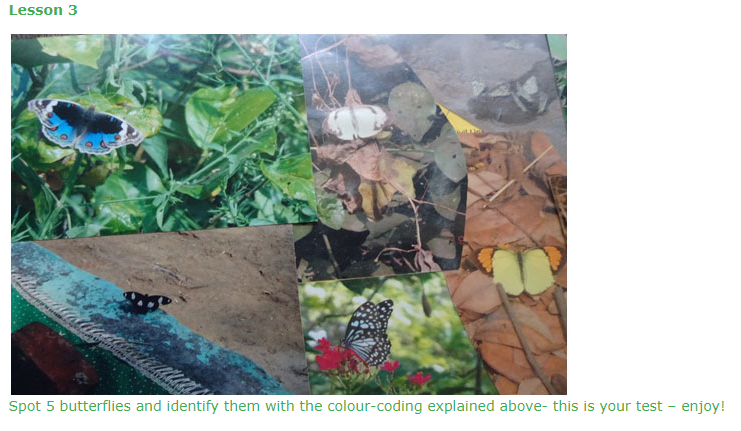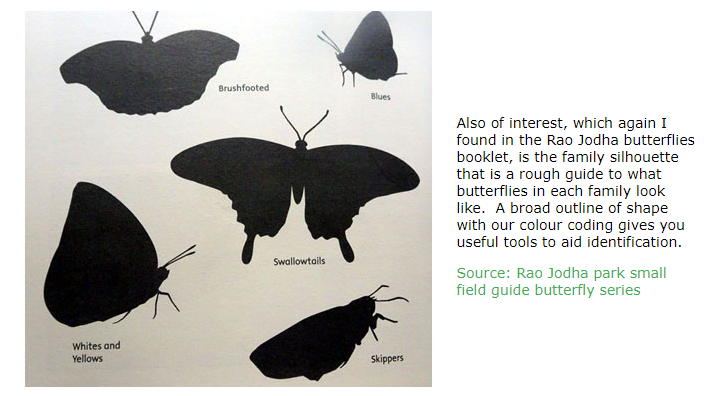

Don’t let coronavirus lock you in! If you can’t get out with me and explore Delhi by metro or on foot – join me on this blog in which we’ll dig into the umpteen layers of the city’s history and uncover extraordinary places and fascinating facts.
I’d love it if this blog could be interactive – so please leave comments and share your experiences in the comments box. Even better – write a guest blog – all contributions welcome.
In better times we’ll hit the streets again and walk Delhi together with my unique visual aids and personal passion. But for now, let’s interact online and beat the boredom of self-isolation.
Please send your comments to walks@delhimetrowalks.com
Sher Mandal
Now let’s walk towards Sher Mandal. This was built by Sher Shah Suri as his pleasure palace. A 2-storeyed octagonal tower with an octagonal chattri (upturned umbrella) on top and was used by Humayun as his library. It is believed that Humayun fell down its steps and died in 1556. From time immemorial no one has been allowed to enter. However, this can be seen in The Great Mughals by Bamber Gascoigne (a book and Channel 4 documentary). Permission was granted to shoot inside, and Gascoigne in person narrates the tragic event in which Humayun hurries down the stairs, misses his step, falls headlong, fractures his skull and dies three days later. His senior queen built a handsome mausoleum for him in Delhi-Humayun’s Tomb. When you walk with me remind me to show you the episode filmed by Channel 4 on my Ipad.
Now I did mention above that Delhi has the first substantial Mughal architecture? Are you with me- yes, it’s Humayun’s Tomb? His father Babur has a garden tomb in Kabul, later tombs are in Agra.
Look around the Sher Mandal for an ASI sign on excavations. You are standing on buried layers of history. ASI undertook a full-scale excavation at Purana Qila in 1969 which continued for four years. If only we had the funds to place a glass chamber for us to walk on the layers with evidence of material belonging to the Mauryan, Sunga, Kushan, Gupta, Rajput, Delhi Sultanate and Mughal periods.

More signage shows the hammam – an early Mughal square building with earthenware pipes still visible. The lower chamber is accessible and has a chute on one of the walls. It was uncovered in 1913 when the Fort was cleared of modern buildings by the British.
Feel free to walk towards the south gate where a Seven Cities Sound and Light Show takes place.
Archaeological Museum
Your tour of Purana Quila is not complete without visiting the Archaeological Museum, close to the west gate. Through the objects and pottery from different periods you can walk through the ancient and medieval cities with a reference to the five “pats” namely Indrapat, Baghpat, Tilpat, Sonipat and Panipat – places demanded by the Pandavas from the Kauravas – all from the Mahabharata.
In a Moms, Dads & Kids Walk I usually curate the museum giving kids clues to where things are.
Thereafter, after being familiar with the museum, all adults and children in pairs read and find the answers to a quiz.
Nature notes
I usually offer this walk at the end of November and December when some of the flowering trees are in bloom. By then you can also combine your visit with the Delhi Zoo for the migratory birds.

Of the flowering trees, a significant one at the Purana Qila is the Indian Tulip tree (Thespesia populnea). This tree has attractive yellow bell-shaped flowers with a deep-maroon centre. As per Pradip Krishen in his book Trees of Delhi, “A crooked tree native to S India, Africa and the Pacific Isles and struggles through Delhi’s long drought and goes bare for a few months”. In November, this tree is stunning with the flowers and leaves that are heart-shaped, shiny and smooth. At Purana Qila, the best sighting is in the green patch close to the south gate. Here you have a cluster of them giving a beautiful canopy to walk under. Also in flower is the bauhinia (kachnar) with flowers in white, shades of pink, and ‘camel hoof’ shaped leaves, not to be missed. Around the Purana Qila and inside Delhi Zoo the migratory birds have arrived. My best sighting is of the painted stork in colonies, and nesting..

Hope you enjoyed this virtual tour and got a good insight into an ancient and a medieval city of Delhi. When you walk with me, we even find the Talaqi Darwaza, get a view of the chattris of the gate Lutyens used in his alignment for British Delhi and, as the review says, we even visit the Sufi saints in the vicinity. More to follow – Sufi saints in the vicinity. All photos are mine. Sketches are from Lucy Peck’s book, Delhi a Thousand Years of Building and the photo of the Indian Tulip tree is from my scrap book which I maintain on a monthly basis for the trees in flower. Heritage walks with Surekha Narain. Contact details, +919811330098, surekha@delhimetrowalks.com and visit www.delhimetrowalks.com |
Our nature series has looked at flowering trees and birds – now here’s another large group of beautiful, delicate colourful creatures. Here’s a clue – it’s an insect. Welcome to the colourful world of butterflies!
Butterflies form an important component of biodiversity and most are pollinators of flowering plants. Their unusual life-cycle, their habits and behaviour make one curious to know them better. They can be the basis of a beautiful hobby and a pastime providing limitless pleasure. In India there are nearly 1500 species of butterflies. Delhi is a city of parks and gardens and the Ridge Forest is home to over 100 species. Being diurnal and conspicuously attractive, they are easily seen flying around in the sunshine.
Butterflies and Moths: Both belong to the same category of insects (Lepidoptera, which means “scaly winged”). Butterflies are active by day while moths are nocturnal. Both are clubbed together as they share a general body-plan consisting of a head with compound eyes, a pair of antennae, two pairs of scaly wings, and six legs. In this blog we meet our colourful friends – BUTTERFLIES and learn to identify them by colour.
The Rao Jodha Desert Rock Park (in Jodhpur) has a small field guide to butterflies, which says, “There is a simple rule: the more different kinds of plants you have in a habitat the more likely you are to see a greater number of different kinds of butterflies.” Butterflies have short life spans, are widespread and occur in all types of habitats.
What do butterflies need? Butterflies need flowers and fruits for nutrition and their caterpillars need plenty of leafy matter to feed on. The best time to watch these colourful creatures is in warm but not hot weather when there is enough light. Early mornings are reserved for our feathered friends.

Time spans: Usually the female takes an hour to lay the eggs and the larvae emerges in about a week. The larva (or caterpillar) attains its full growth in 2 to 3 weeks, becoming nearly 2 to 4 centimetres long. Then it starts to shed its skin which takes about half an hour and pupates. The pupa hangs from a leaf or other surface for 2 or 3 weeks depending on the temperature and humidity. Gradually, tiny wings emerge and in the morning hours the butterfly emerges from the pupa and is soon to fly and find its mate.
Mud Puddling: I took this photo several years ago and failed to grasp what was going on. But after reading the Rao Jodha Park butterfly series I understood.

Learning about Mud-Puddling was such an interesting read. Next time when you are wandering and see a gathering of mud-puddling of butterflies, notice how quickly they gather together again even if they are disturbed. This is exactly what I witnessed when I lay flat on the ground to catch this photo They were not in the least bothered by me.
How do we identify butterflies? I have classified butterflies by colour and for this please see the document Butterfly identifier. (link at the end of blog) On each page you will find by colour the common butterflies of Delhi and surrounding areas. When you see a butterfly, note the c olour, markings, and shape, and then check the page and find your butterfly. You can try Lessons 1-3 to practice using the guide!

Now identify Butterflies 1 to 3 below by checking them against the document Butterfly identifier. (link at the end of blog) For example, for butterfly 1, look on the yellow page and similarly for the others. Once you identify the butterfly with the common name, you can learn more about your find. Check the species and family by consulting the Internet or books with the common name index.

This butterfly has a broad band of irregular, pale yellow spots on a black background. Look for the small orange spot with blue edging near the base where its hind legs meet. This is the same butterfly as the one in the mud- puddling photo above. Try and guess the name by consulting our Butterfly identifier document.

Classification of butterflies: Broadly there are five families – Papilionidae (swallowtails), Pieridae (whites and yellows), Lycaenidae (blues), Nymphalidae (Brushfooted) and Hesperidae (skippers).

All photos above are mine. The colour coding document has photos taken from the internet. Please note this is not an exhaustive list – only a start to your adventures.
Please also note the Colour Coding of Butterflies is a quick and simple guide to butterflies. It is not intended to be a scientific document. No field guide gives this kind of classification, it’s something I developed for use on my walks as a visual aid.
Brochures and books of interest: 1. Nature Club Surat brochure on butterflies. 2. BNHS brochure cum field guide, Butterflies of Delhi by BNHS Conservation Centre, Delhi. 3. Rao Jodha Desert Rock Park Small Field Guide Butterfly Series. 4. Butterflies of India by Arun Pratap Singh. The Book of Indian Butterflies by Isaac Kehimkar, BNHS. 5. Photographic Guide to British And European Butterflies and Moths, DK pocket nature series by RSPB.
BNHS – Bombay Natural History Society. RSPB – The Royal Society for the Protection of Birds
During the bright sunny days ahead you can become a butterfly buff. When you walk with me in the Mehrauli Archaeological Park have a breakfast with butterflies where we see swarms of White Orange and Yellow Orange Tips. Enjoy the Flying Wonders.
Heritage walks with Surekha Narain. Contact details, +919811330098, surekha@delhimetrowalks.com and visit www.delhimetrowalks.com
Comments
DMW: Thank you Amita. Purana Qila as an ancient and medieval city has a lot to offer amidst the nature around. Regarding the museum, I agree it is rustic, a commendable effort that arouses your curiosity. Our blog on butterflies is also to encourage people to learn via our colour coding technique about these bright, flying wonders.
DMW: Thankx Gaby. I am glad you found the butterfly colour coding helpful. This is my working office which I usually carry on walks. I hope now you will find it useful to identify these colourful friends when you see them next in your garden.
Amazing Delhi Facebook Page : 40 engagements with our new blog initiative